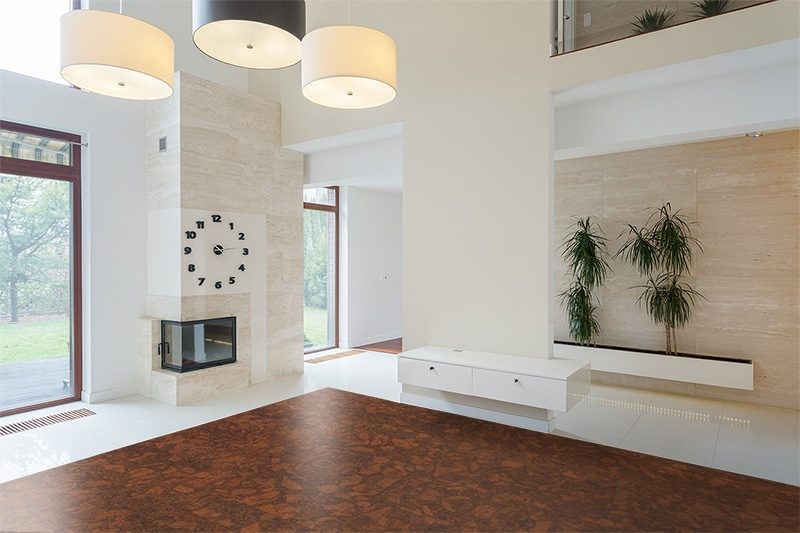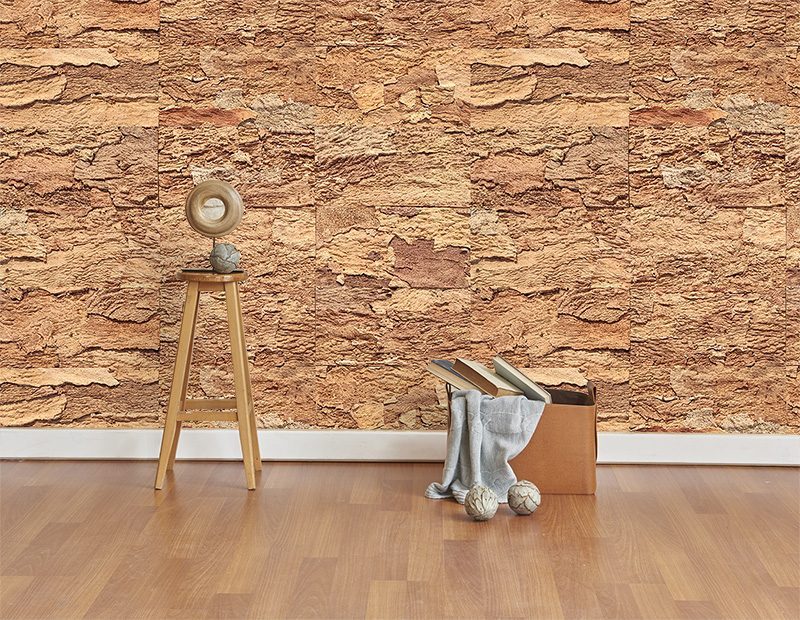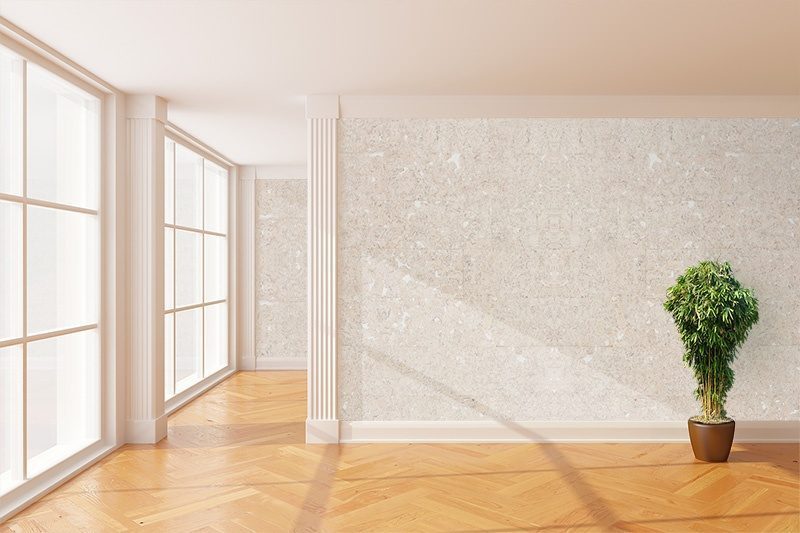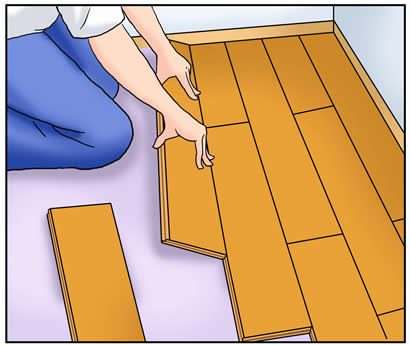Best flooring for asthma and allergy sufferers - Cork
Allergic to mold or mildew, but don’t want to give up lovely hardwood floors. Or is your carpet flooring harboring too many pests to allow you peace and relaxation. Turn your eyes to cork then for an alternative that can bring relief for your allergies. Cork is naturally hypo-allergenic. Suberin, the waxy substance that occurs in the bark of the cork tree, repels wood rot as well as insects, so mildew and mould have no place to nest. Dander and dust have no to hide, and pet hairs no place to cling. This makes cork a better option to not only carpet but other materials such as stone tile and hardwood floors.
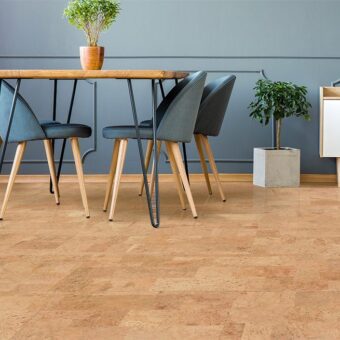
Don’t mistake, cork is wood. Only a species far different to other hardwoods. The outstanding properties of cork are derived naturally from the structure and chemical composition of the inner cells. For example, each cubic centimeter of cork’s honeycomb-like structure contains between 30 and 40 million cells! These cells trap a gases substance that allows cork to operate similar to memory foam. Cork compresses and depresses with pressure, and the air cells make it naturally spongy and soft underfoot. Whether used as a subfloor under hardwood or tile, or as a standalone floor, cork provides a comfortable surface in rooms where you’ll do a lot of standing, like the kitchen. As a bonus, dropped glasses or dishes are less likely to break than on hardwood or tile. This elasticity not only gives cork wood a softer surface but allows the cells to retain ambient warmth. The cellular quality of cork also provides sound insulation. It’s this unique cellular structure that gives cork its innate characteristics, and each of these cells contains suberin, a waxy substance that gives cork its resistance to insects, mold and mildew. Cork is also resistant to more than 38 species of insects including the termite, and to the development of microbes.

Quercus Suber (thus, suberin) is the botanical name for a slow growing, evergreen oak that grows fit and industriously throughout specific parts of the Western Mediterranean (mostly in Portugal), and only in these regions. Most trees will die if their bark is removed, because the bark helps to carry the sap that is essential to the life of the tree. The cork oak, however, has two layers of bark. The inner layer is alive and is the base on which a new inner layer grows each year. As the old layers move outward and die, they serve as insulation, protecting the tree from the hot arid winds in the growing areas. The dead outer layer can be stripped away without injuring the tree, but care must be taken not to penetrate the inner living bark. And it is with the outer bark that most cork products are derived. Cork trees are very carefully cared for – the older the tree, the more cork it produces. Some trees grow to be 170 years old. As eco-friendly design gains in popularity, Cork proves to be one of the most highly renewable resources. Not only is it good for the ecosystem at large, cork is great for a home’s environment as well for all the benefits it brings.
Want the best in a healthy flooring material and best flooring for asthma, then go with cork. It’s hypo-allergenic. It’s not made with any harsh chemicals and is formaldehyde free. In your home, you’ll see that it helps to reduce dirt, germs, and fungus. Cork is the the best flooring for asthma.
